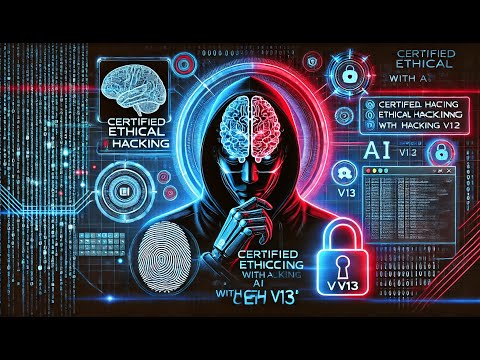
Program Overview
The Cyber Security Course is designed to provide learners with a strong foundation in safeguarding computer systems, networks, and data from cyber threats. This course combines theoretical knowledge with hands-on practical skills, preparing participants to identify vulnerabilities, mitigate risks, and respond to cyber incidents effectively.
Admission Criteria

Eligibility
Any Garaduate

Batch Size
25 students for personalized learning.
What You'll Learn
Syllabus for Certificate Program in Cyber Security
- Module 01: Introduction to Ethical Hacking and Linux
- Information Security Overview
- Hacking Methodologies and Frameworks
- Hacking Concepts
- Ethical Hacking Concepts
- Information Security Controls
- Information Security Laws and Standards
- Footprinting and Reconnaissance
- Footprinting Concepts
- Footprinting through Search Engines
- Footprinting through Web Services
- Footprinting through Social Networking Sites
- Website Footprinting
- Email Footprinting
- Whois Footprinting
- DNS Footprinting
- Network Footprinting
- Footprinting through Social Engineering
- Footprinting Countermeasures


- Module 03: Scanning Networks
- Network Scanning Concepts
- Scanning Tools
- Host Discovery
- Port and Service Discovery
- OS Discovery (Banner Grabbing/OS Fingerprinting)
- Scanning Beyond IDS and Firewall
- Network Scanning Countermeasures
- Module 04: Enumeration
- Enumeration Concepts
- NetBIOS Enumeration
- SNMP Enumeration
- LDAP Enumeration
- NTP and NFS Enumeration
- SMTP and DNS Enumeration
- Other Enumeration Techniques
- Enumeration Lountermeasures
- Module 05: Vulnerability Analysis
- Vulnerability Assessment Concepts
- Vulnerability Classification and Assessment Types
- Vulnerability Assessment Tools
- Vulnerability Assessment Reports
- Module 06: Malware Threats
- Malware Concepts
- APT (Advanced Persistent Threat) Concepts
- Trojan Concepts
- Virus and Worm Concepts
- Fileless Malware Concepts
- Malware Analysis
- • Malware Countermeasures
- Anti-Malware Software


- Module 08: Sniffing
- Sniffing Concepts
- MAC Attacks
- DHCP Attacks
- ARP Poisoning
- Spoofing Attacks
- DNS Poisoning
- Sniffing Tools
- Sniffing Countermeasures
- Module 09: Social Engineering
- Social Engineering Concepts
- Social Engineering Techniques
- Insider Threats
- Impersonation on Social Networking Sites
- Identity Theft
- Social Engineering Countermeasures
- Module 10: Hacking Web Applications
- Web Application Concepts
- Web Application Threats
- Web Application Hacking Methodology
- Web API, Webhooks, and Web Shell
- Web Application Security
- Module 11: Hacking Wireless Networks
- Wireless Concepts
- Wireless Encryption
- Wireless Threats
- Wireless Hacking Methodology
- Wireless Hacking Tools
- Bluetooth Hacking
- Wireless Attack Countermeasures
- Wireless Security Tools


- Module 12: IOT and OT Hacking
- IoT Concepts
- IoT Attacks
- IoT Hacking Methodology
- IoT Attack Countermeasures
- OT (Operational Technology) Concepts
- OT Attacks
- OT Hacking Methodology
- OT Attack Countermeasures
- Module 13: Cryptography
- Cryptography Concepts
- Encryption Algorithms
- Cryptography Tools
- Public Key Infrastructure (PKI)
- Email Encryption
- Disk Encryption
- Cryptanalysis
- Crytpography Attack Countermeasures
- Module 14 & 15: Bonus Section/ Projects
- System Hacking
- Maintaining Access
- Project 1: Vulnerability Scanner(Project building using Nmap)
- Project 2: Password Strength Checker(Using Regex and password lists)
- Project 3: Penetration Testing Report (CTF-style_Report Building using Nmap)

